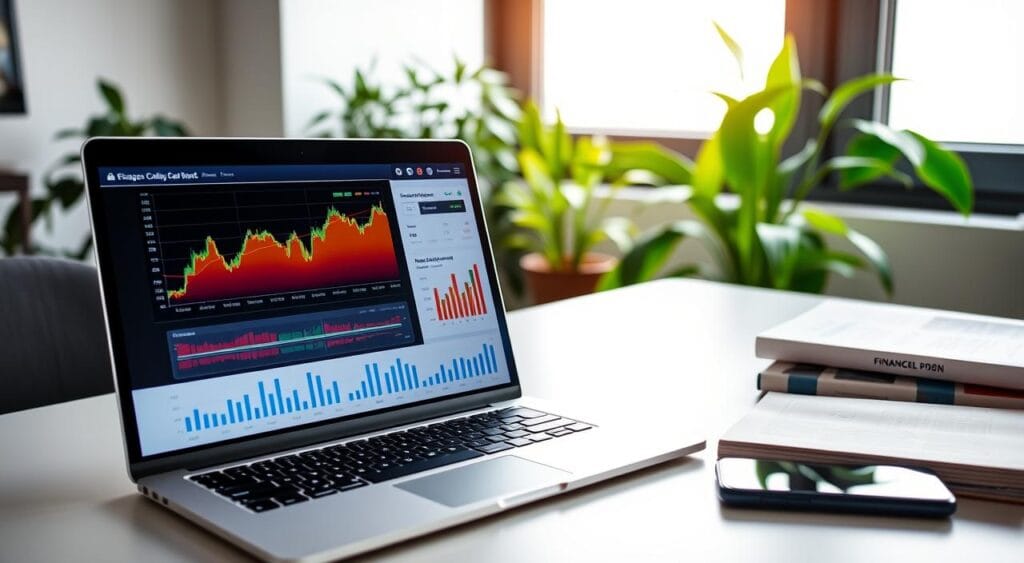Beyond these two primary categories, the finance app landscape is further diversified, encompassing specialized tools like spending trackers, habit trackers, budget planners, and investment apps. Each of these specialized applications is tailored to address specific user needs, empowering individuals to manage their finances effectively and achieve their financial goals, whether it’s cryptocurrency wallet development, peer-to-peer lending applications, or any other financial management objectives.
As the fintech industry continues to evolve, the demand for innovative and user-friendly finance management applications is on the rise. With the integration of cutting-edge technologies, such as artificial intelligence and blockchain, these apps are poised to redefine the way individuals and businesses approach their financial well-being, offering unprecedented levels of personalization, automation, and insights to help them make informed decisions and achieve their financial aspirations.
Essential Features for Financial App Development
Crafting a robust financial app requires carefully selecting the core functionality, implementing robust security measures, and designing an intuitive user interface. These elements work in tandem to create a personal finance management tool that users can trust and rely on.
Core Functionality Requirements
A comprehensive personal finance app should offer features like account aggregation, income and expense tracking, budgeting tools, and investment management. Integrating with banking systems through open APIs enhances user convenience and efficiency. Additionally, incorporating predictive analytics and AI-powered expense categorization can provide valuable insights to help users make informed financial decisions.
Security Implementation Standards
Safeguarding user data is paramount in the financial app landscape. Implementing two-factor authentication, end-to-end encryption, and regular security audits is essential to protect against cyber threats. Automated notifications can also help users detect irregularities or unauthorized transactions in real-time.
User Interface Considerations
The user interface of a financial app should be designed with simplicity and intuitiveness in mind. Leveraging a clean, visually appealing design with intuitive navigation can enhance user engagement and trust. Incorporating features like customizable notifications, personalized dashboards, and interactive data visualizations can further improve the user experience and drive long-term app adoption.
